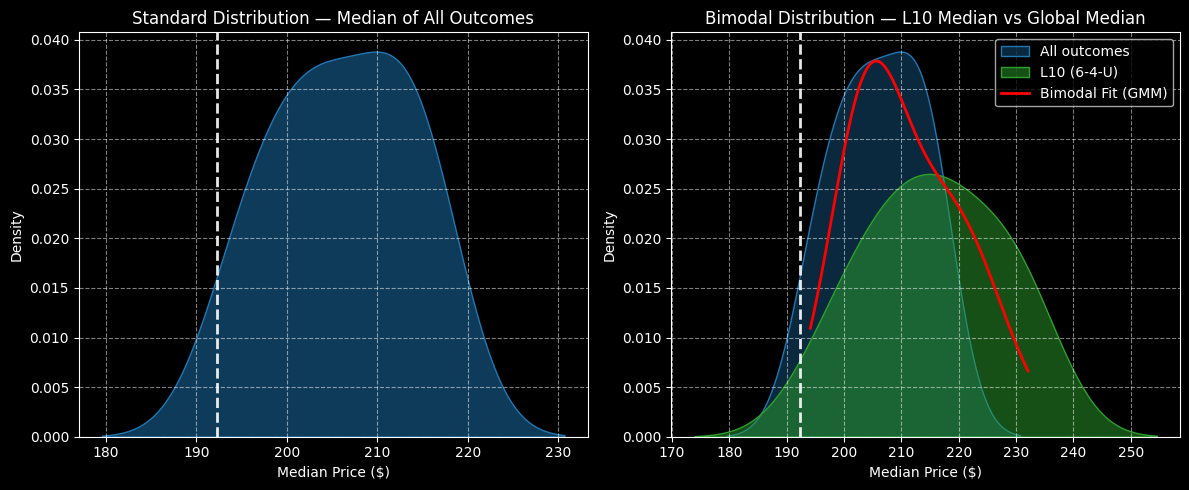Nvidia Is Getting Ready For Q3 Earnings: Here’s What’s On Tap

Image Source: Pixabay
With one week to go before its next earnings disclosure, Nvidia (NVDA) finds itself down slightly. On the technical front, NVDA stock has largely been in a holding pattern since August, though it did pop above the $200 level late last month. However, with competition heating up in the semiconductor and artificial-intelligence arenas, Nvidia may invite greater scrutiny this time around.
For the third quarter of fiscal 2026, analysts anticipate the chipmaker to post earnings per share of $1.25 on revenue of $54.74 billion. In the year-ago quarter, the company reported EPS of 81 cents on sales of $35.08 billion. These figures beat analysts’ consensus targets of 75 cents and $33.17 billion, respectively.
Currently, NVDA stock almost has a universal Strong Buy assessment among Wall Street experts. Only two contrarians — one Hold and one Sell rating — have cast varying degrees of skepticism on the semiconductor giant.
Still, Nvidia may face a much brighter spotlight in its earnings disclosure due to rising competition. Recently, rival Advanced Micro Devices (AMD) hosted its Investor Day, with the company laying out an ambitious roadmap targeting a rapid expansion of AI and compute markets. Subsequently, AMD stock jumped more than 8% during the midweek session.
(Click on image to enlarge)

Despite the dramatic pop and the slight downturn in NVDA stock, the bigger of the two chipmakers may be more appealing. On the quantitative front, AMD is structured in a balanced 5-5-U sequence; that is, in the trailing 10 weeks, the security printed five up weeks and five down weeks, with an overall upward slope.
Under this setup, the forward 10-week median returns would like slip below the expected distributional curve of baseline conditions, which aggregates all sequences since January 2019. From an empirical standpoint, that’s not an appealing picture.
(Click on image to enlarge)

On the other hand, NVDA stock is structured in a slightly more aggressive 6-4-U sequence. Under this setup, the expected distributional curve would be slightly better than what would normally be expected under baseline conditions. Specifically, the fat-tail reward (on the right side) would jut out more than $20 above normal expectations.
More By This Author:
AMD Ready To Rocket Higher On Ambitious AI AmbitionsRocket Lab Swings Higher On Record Q3 Revenue But What Lies Next?
Broadcom Just Triggered The Perfect “Buy The Dip” Signal



